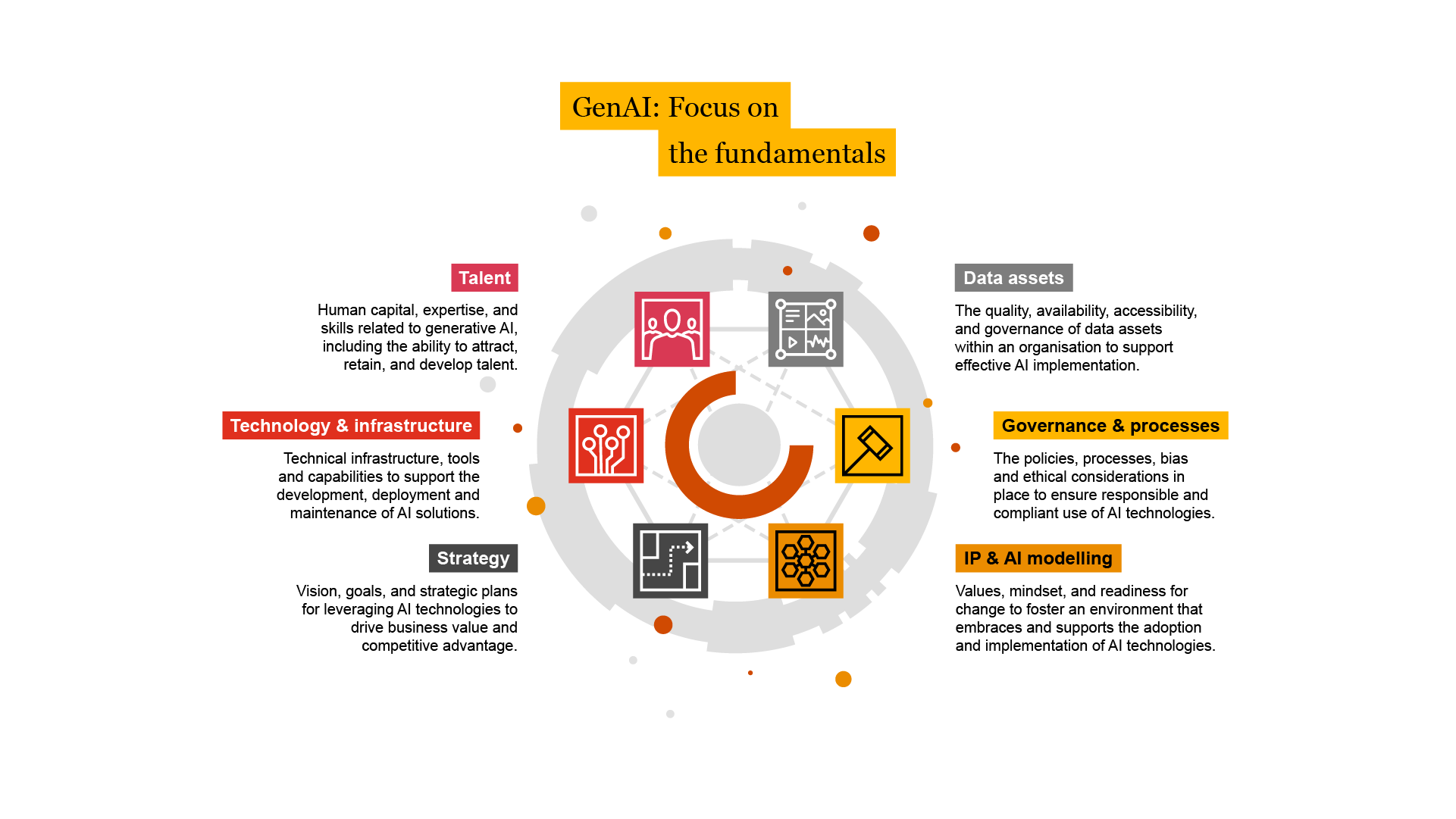In 2024, it’s hard to overstate the role of technology and digital capabilities as companies pursue their strategic goals via transactions. Just as Australia’s CEOs identify technology as the biggest driver of business model reinvention (see PwC’s latest CEO Survey), so too is technology a main play when transacting to transform.
But in a cost-constrained environment, and with technology evolving faster than ever, it’s not necessarily about acquiring new technology; it’s often about leveraging the tech that you’ve got.
Strategies to leverage technology for transformational M&A include:
1. Cost-effective tech adoption
With a clear strategy and an effective IT roadmap throughout the M&A process, it’s possible to pursue your transaction goals using technology and digital capabilities—while minimising interruption to operating models.
Right now, it’s all about cost-effective tech adoption which maximises your investments to date. From renegotiating with suppliers, to capitalising on the skills and capabilities you already have in your team, it’s about transacting to transform while making the most of what you’ve got. Strong project management and good communication are key to managing a (finite) number of people and resources. Also, remember to revisit your roadmap continually throughout the deals process.
2. GenAI: Focus on the fundamentals
GenAI can have a massive material impact on operational efficiency, boosting productivity while improving the customer experience. This is because GenAI can scale far more quickly than conventional AI. In deals, operational spend like this doesn’t just boost cashflow – it can also have a positive effect on EBITDA multiples.
To truly benefit from GenAI, companies must make strategic, comprehensive upgrades to their capabilities, processes and technology, and these updates should happen sooner rather than later. It’s not a case of simply bolting on fresh tech. Here, it’s worth pointing out that while it is new and pivotal, GenAI is, in some ways, the next evolution of existing technology, and so it can work in tandem with your current tech investments. In fact, because it’s a large language model, GenAI can be used to unlock existing data and technology, for example analysing call transcripts.
GenAI starting steps include:
- Leveraging existing technology: For example, if you have Cloud ERP software (e.g. Dynamics) or a productivity suite (e.g. MS Office), you can leverage GenAI (e.g. Copilot) with minimal extra investment. GenAI links to your existing systems, so you can accelerate information retrieval and improve interaction with data sets, for faster, better decision-making.
- Centralise your data: The accuracy of AI-generated content hinges on the accuracy and quality of your data. Assess the quality, integrity, and accessibility of existing data assets, including data governance and guardrails. Also, ensure your organisation has the right technical infrastructure, tools, and people (including the right skills and capabilities, and appropriate culture).
In short, ensure your organisation is prioritising tech diligence and data-related value creation opportunities.

Barriers to transaction-based transformation: Tech systems and data integration issues
Explore common technology-related value blockers to ensure your transactions realise value
Contact us


Charles Pickett
Partner, Deals Analytics | Deals Technology Leader, PwC Australia
Tel: +61 2 8366 5769











